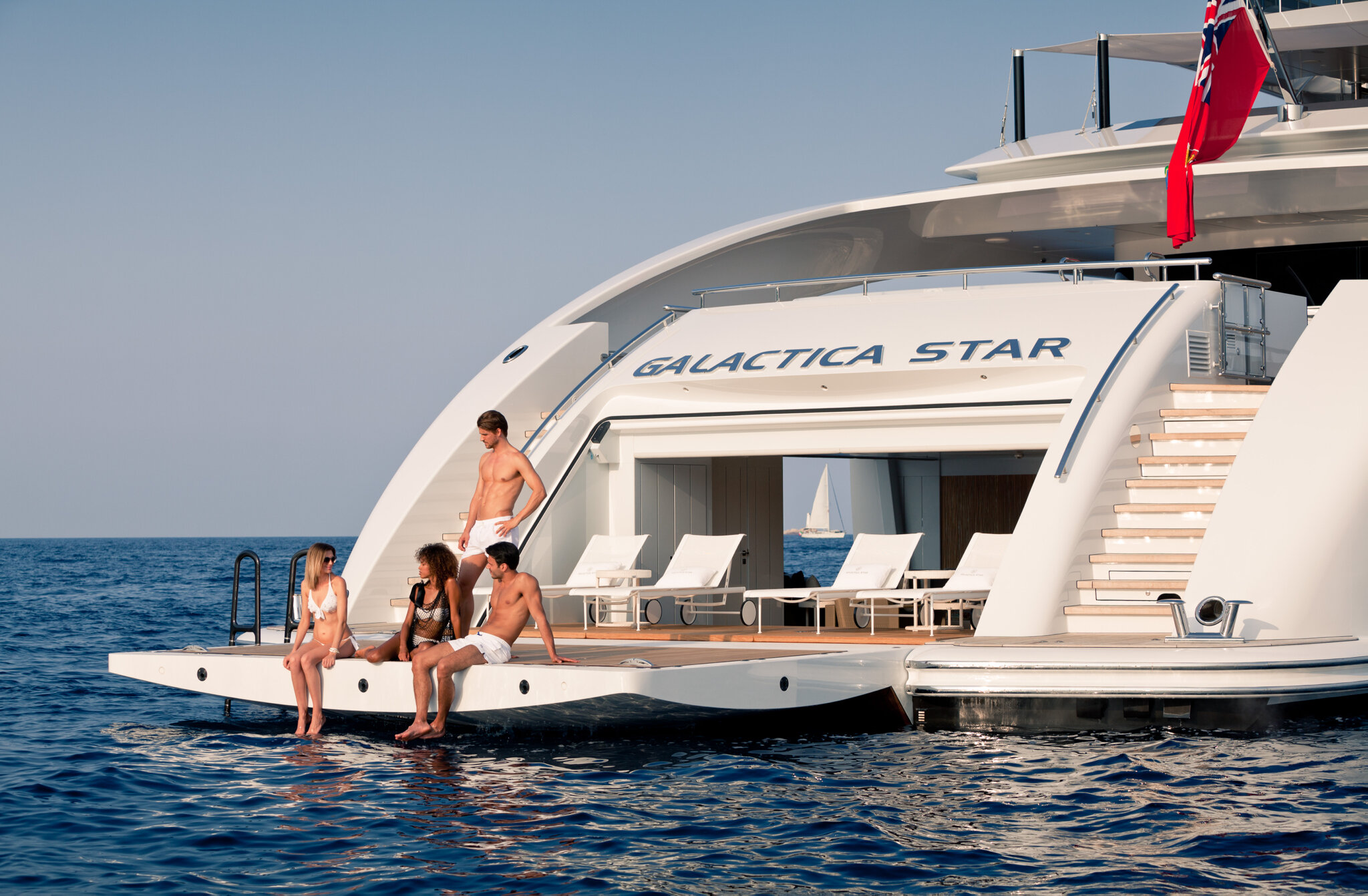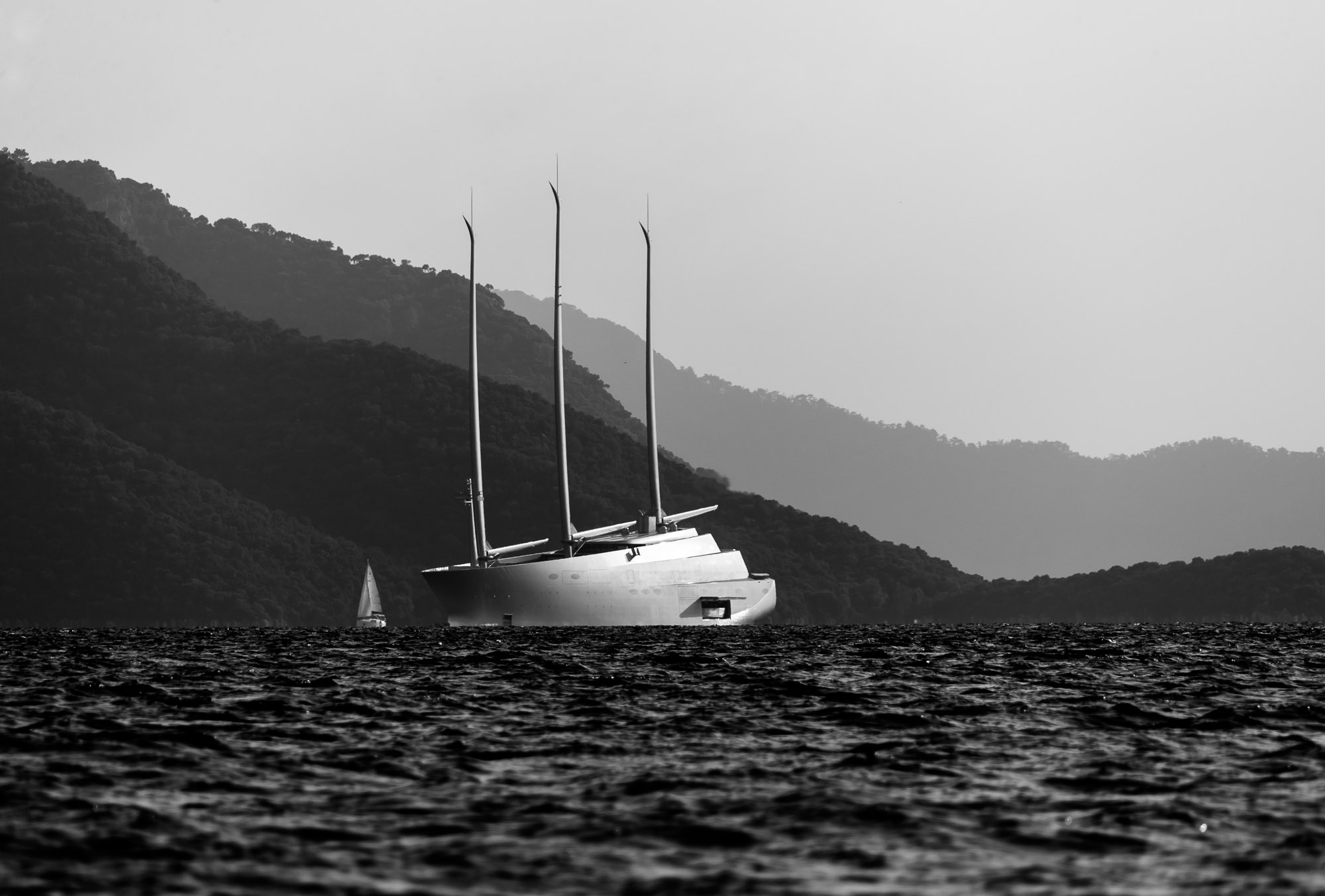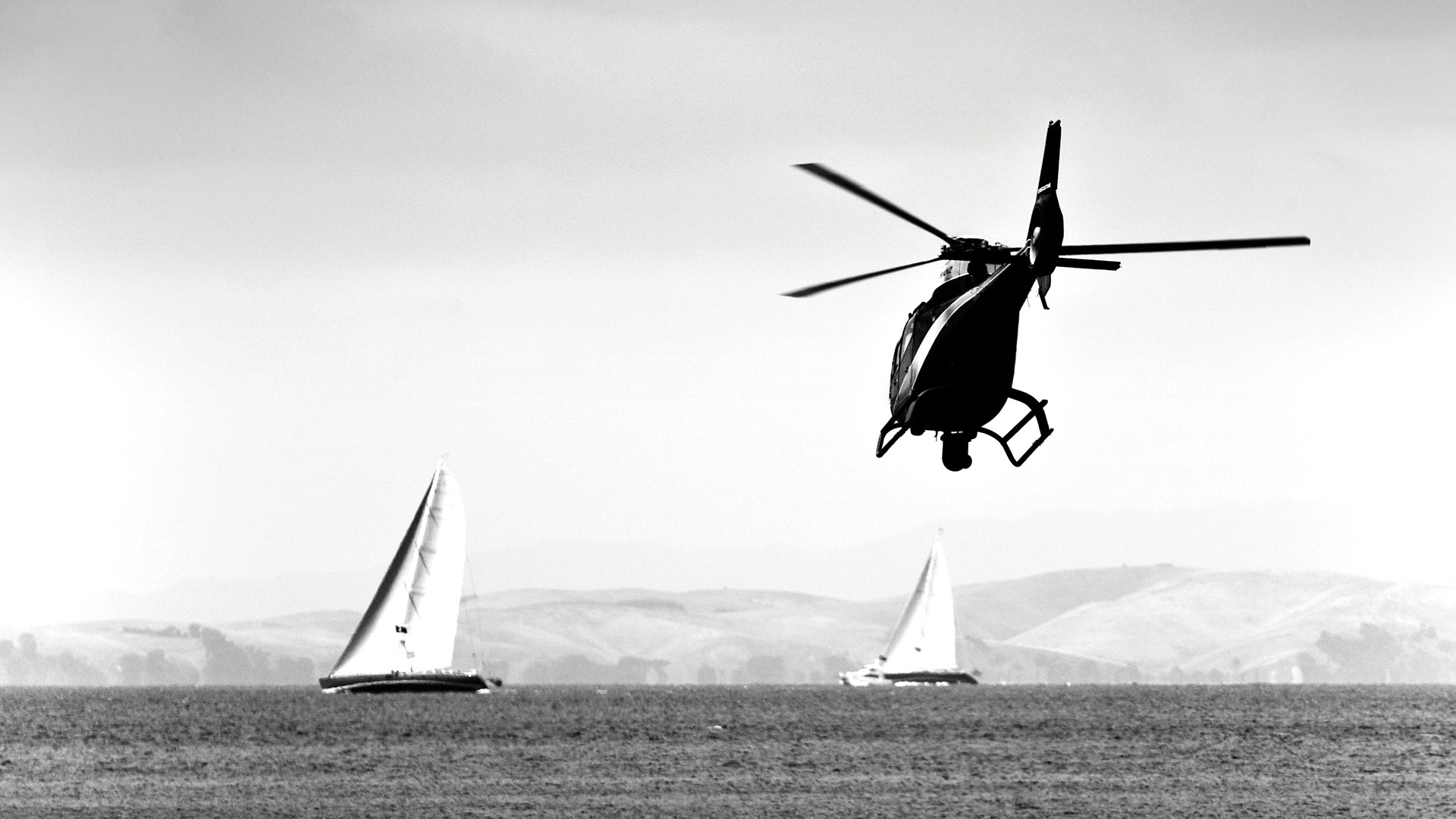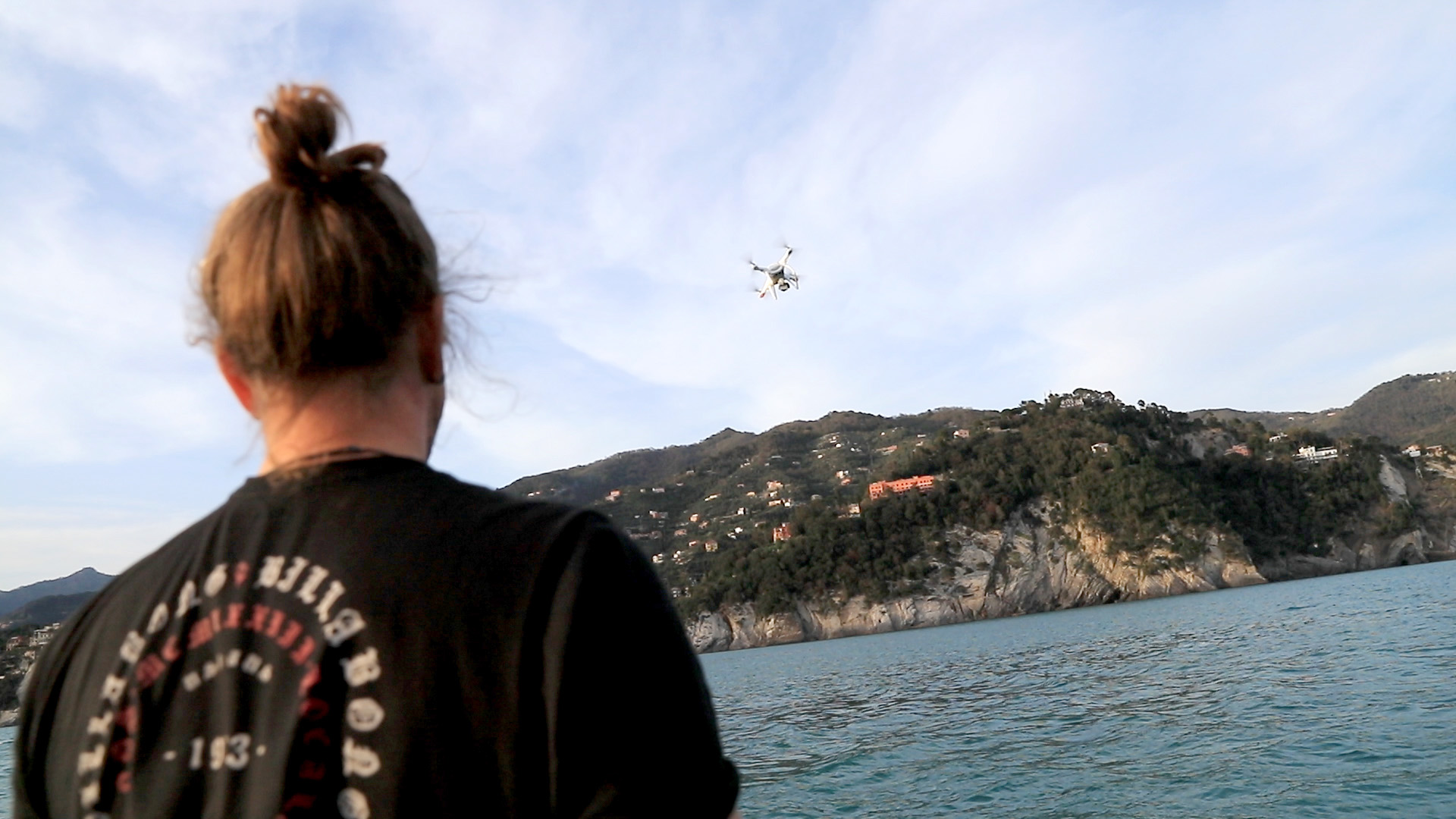The issue of media copyright - one out of the box.
Media Copyright, Intellectual Property Rights, Media Buyout, Public Domain, no matter what term is used, the question of who owns a photo, a design or any artistic creation for that matter, and its use, can get both confusing and complex at times. A recent situation highlighted the challenges many people face on a regular basis. People who like us rely on their creative skills to make a living.
Someone had taken three of our photos, replaced the yacht in each with one of their own designs, then used the results to promote their services. He then told us he had been using them like this for the past five years!
Some may say ‘but it’s just a photo’ or in the case of a designer, ‘it’s just a drawing’. But people fail to realise what has taken place leading up to the creation of the photo or drawing. Namely, the artists own time and the costs they have incurred to get where they are. Unfortunately, all of this doesn’t usually come for free.
In our case, it started with the ‘ignorance as a defence’ approach of “oh, I have no knowledge of this - it was my graphic design guy who found them’’ followed by “the images were online and therefore in the public domain so I can use them for free and I can change them how I please”.
Next up, he said because he was using the images to help secure a new build project that we should be thankful because after all if it wasn’t for him, yachts would not be built and the industry would collapse. So, in reality he is doing us and everyone in the industry a favour. He then went on to suggest he only pay for the percentage of the image he used, and he will determine what that cost will be. (our reaction = jaw hits floor).
Ok, so we thought this is weird… He was happy to use our images for free to help his business but - was he offering his services for free as well? - nope. Are we a charity? - nope. Do we have employees to pay and families to feed? - yep.
What’s more, regardless of any financial issue, the images were not his to use without the required permissions. Our clients had invested their money to have us create content for them to promote their business. They did not pay us to create content for others to promote their business for free. For each of the photos we have agreements in place with the client giving them ultimate control over where and how the images are used.
But in this case, our client’s rights and wishes, like ours, were considered irrelevant.
The thing is, we get asked for images every week, sometimes we supply them for free, sometimes we have to say no but we will always try to come to an agreement that everyone is ok with.
Creativity and innovation are two of the great drivers of the superyacht industry, and to grow we need to encourage, respect and value the creative skills of all. Ignoring the rights of the creators and their clients can only cause harm.
Our industry is small, it’s like a club, where you can't afford to make enemies. Everyone pretty much knows everyone or at least ‘knows the guy who knows the guy’ and as such we all tend to work together - sometimes formally, sometimes just as mates but always in a friendly open and trusting way. When bad stuff happens, we sort it out and carry on with continued mutual respect.
Let’s hope the view described is a short lived one. One thing’s for sure, after almost 20 years of taking superyacht photos this is one out of box.
Footnote: it was eventually resolved via the lawyers
